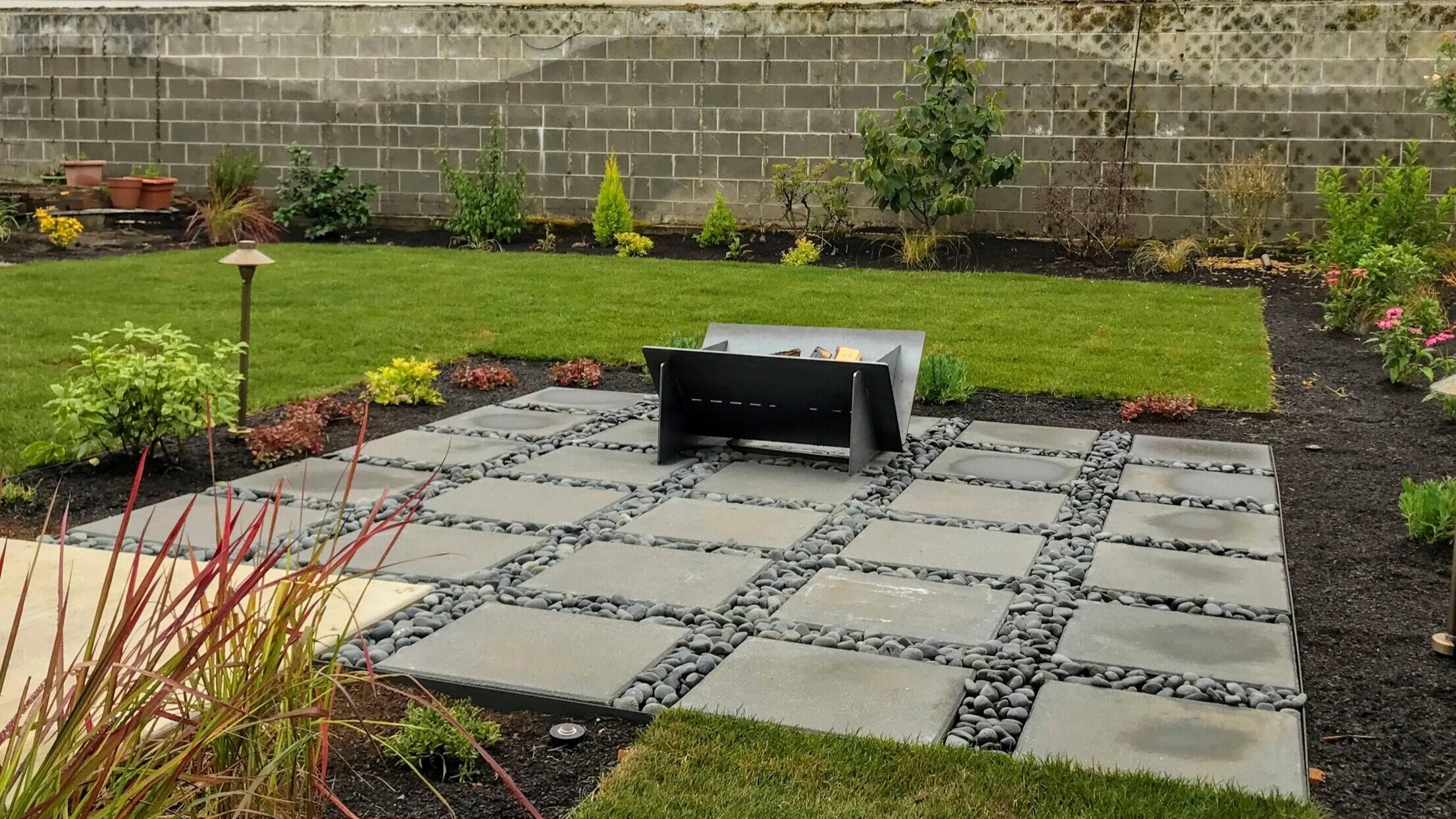Paving repairs adelaide are essential for keeping roads safe and functional, as well as saving you money in the long run by avoiding more expensive replacement costs.
Cracks and potholes are two of the most frequent issues with paving surfaces. If not addressed, these minor flaws can cause extensive damage.
Cracks
Asphalt pavement cracks can develop for various reasons, and depending on their cause, they could be serious problems that need to be addressed quickly. Preventing problems from getting worse will save money and effort in the long run; so do your best to address any cracks as soon as possible and get them repaired before becoming worse.
Fatigue cracking, commonly referred to as alligator cracking, is a widespread condition that leads to unsightly cracks in asphalt pavement. This cracking often develops due to chronic excessive loads or poor drainage combined with dramatic temperature fluctuations; it’s especially prevalent on roadways and highways where heavy traffic volumes occur, making prevention difficult.
Linear cracking, also known as longitudinal cracking, is a paving issue that can occur when the joints between asphalt layers are improperly constructed. Large temperature fluctuations can cause either the asphalt to shrink or expand and create cracks in these joints. We can address this by repairing or improving these joints but it’s also beneficial to seal them and enhance drainage around the surface.
Reflection cracks, also referred to as mirror or grid cracking, are another issue that can occur in asphalt pavement. They may appear straight or form a grid pattern on the surface. To prevent moisture from penetrating into the pavement and causing further damage, these should be filled with various sealants and asphalt fill mixtures.
Slippage or wrinkle cracks in your asphalt can occur if it fails to properly adhere to the pavement beneath it or too much sand was used in its original mix. These cracks appear as though your pavement is shifting or sliding, with deep open gaps that are potentially hazardous.
Edge cracking is a common paving issue caused by excessive traffic or poorly drained soil. These cracks usually start at the edges of the asphalt, and move inward over time. It’s wise to inspect your parking lot or asphalt installation regularly as these cracks can be costly to repair.
Blowups, or slab failures, are another paving issue that can be devastating. When normal joint movement is restricted due to water infiltration, the concrete volume in a section may increase significantly resulting in a blowup.
It can lead to the devastating failure of a slab, often occurring during hotter weather with little warning. This type of event often happens on roadways and highways with long sections of slab.
Pavement exposed to the sun’s intense ultraviolet rays is more prone to cracking than asphalt that isn’t. This is especially true in tropical regions, where the intensity of these rays is greater.
When cracks in asphalt surfaces are small, they can usually be repaired with simple patching or taping techniques. However, if the cracks are extensive and widespread, it may be necessary to completely remove and replace the asphalt surface.
Potholes
Potholes are a frequent issue on asphalt pavements. They can range in size and depth from several inches to several feet, causing vehicle damage due to temperature changes and excessive traffic pressure on the pavement. Potholes may be caused by several factors, including changes to temperature patterns as well as constant wear-and-tear from vehicles driving by.
Potholes not only present major traffic hazards, but they can also damage vehicle tires and alignments. Furthermore, potholes often present risks to pedestrians when located near parking lots or roads.
Potholes can occur in any weather condition, but are especially prevalent during the winter months when ice and snow cover the road. To prevent their growth and cause extensive damage to roadways, repair potholes as soon as possible.
Professional paving contractors should perform these repairs. They are capable of cleaning out the pothole, cutting it back into good pavement and filling it with an appropriate patch material.
The contractor should then compact the patch to make it flush with surrounding pavement. This can be accomplished either manually by hand tamping or with a mechanical compactor.
Another pothole repair method involves pulverizing old asphalt and mixing it with water and cement to form a new, solid base. This procedure can be employed for repairing large areas of damaged asphalt as well as filling small potholes.
This pothole repair procedure provides a permanent solution to fill in potholes. It involves applying a tack coat over top of the patch in order to keep it from sticking to the asphalt surface and helping bond it to existing pavement, thus reducing cracking over time.
Therefore, this method is usually the most reliable for long-term repairs and will give your paving material a secure foundation that will last.
To repair a pothole, you will need the right material and tools. Make sure the material you select is compatible with your climate and is easy to apply, with good durability.
Pothole repair should always use cold-mix asphalt and cold patch. These products are user friendly, economical and usually effective.
Applying patches when temperatures drop or rain is recommended, as the material won’t adhere as well to the asphalt around you. Furthermore, keep in mind that many asphalt plants close during wintertime; thus, you may not have access to hot asphalt until spring.
To prevent potholes, be sure to inspect for cracks as soon as they appear. Sealing them promptly is key in keeping water out of the cracks and protecting the subgrade below.
Business Address: 28 Adelaide tce st marys 5042
Website: https://www.landscapingadelaide.net.au/
Phone: 0430 042 058








